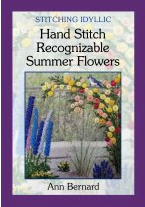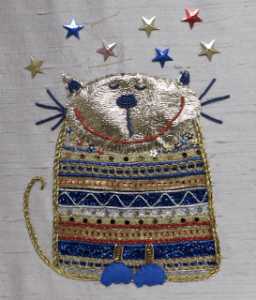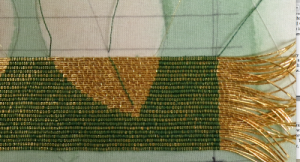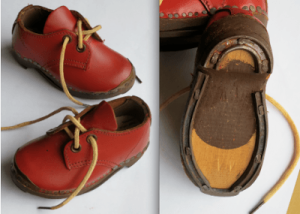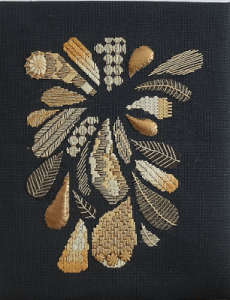
It is nice to undertake a stitching project that it is entirely different to the spring and summer flowers that have dominated my stitching life for the last three or more years. Also, a semester away from teaching has given me the chance and opportunity to do some canvas work. It is many years since I last had to count holes and be constantly getting my needle into the wrong one. Be warned that black canvas is the same colour as a stitching needle thus rendering the needle invisible. Very annoying.
I prefer movement to a static design in the same way that I prefer paintings showing action rather than still life. Previous canvas projects have been the traditional circuits of different stitches all laid out in a square and headed for a cushion cover. Tell me, did I manage portray action in this design and choice of stitches? You will see some bargello that was altered to meet the needs of the situation. There is also couching, leaf stitches and padded leather. Would you believe that the gold threads used in metal thread embroidery are not used here at all? There is some DMC Floss but the rest are novelty yarns and Christmas parcel cord.
The black canvas was really annoying to work on. But it suited the concept. I must have gone through the wrong hole hundreds of times. Behind the canvas is a piece of metallic cloth where the threads were black in one direction and gold in the other. It gives the background just a bit of a sparkle when held in the right light. There was no way I was going to tent stitch all the background. It has been mounted on acid free foam core board. When our outside temperatures rise above freezing and stay there, I will take it to the framer. I think that a plain, matt black frame will finish it and not distract from the image. What do you think? I would be interested in hearing some other options. One can see too much of something to have an objective view.
This was an enjoyable break of pace and interest and it has refreshed my mind before returning to flowers. But, it’s back to flowers and the research needed to create recognizable stitched plants and flowers.
